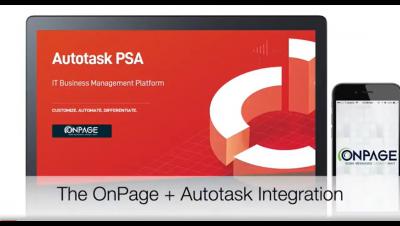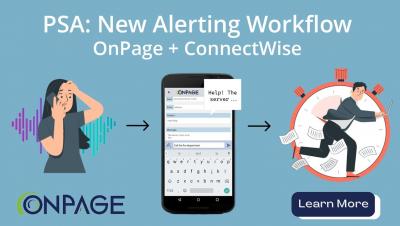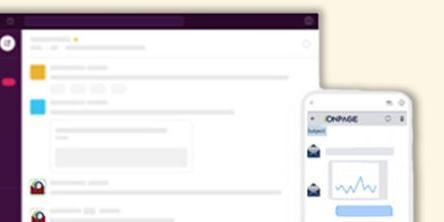Enhancing Code Blue Workflow for Improved Survival Rates
In critical healthcare scenarios, swift response is the linchpin to saving lives. Enter code blue workflows – a set of protocols that guide healthcare teams in high-stress scenarios. When a patient’s life is at stake due to cardiac arrest, respiratory failures, or other life-threatening conditions, these workflows ensure a rapid, synchronized response.






